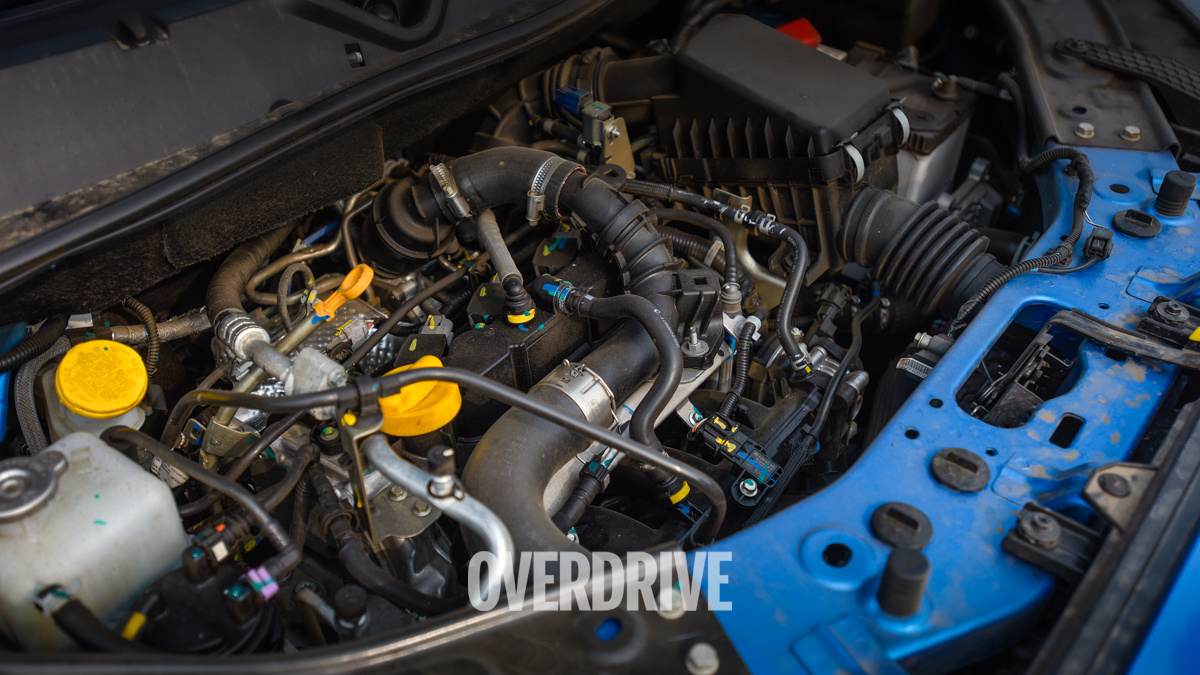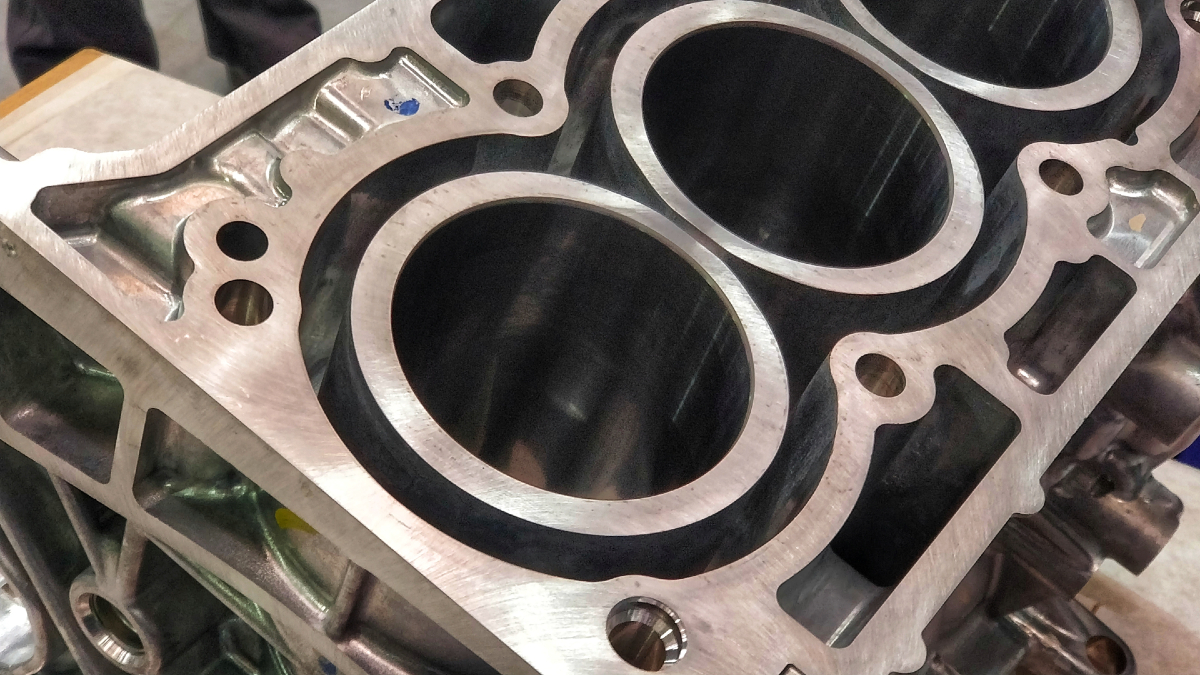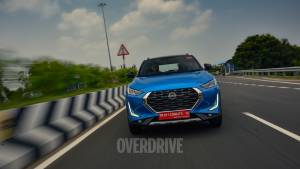Nissan's mirror-bore coating engine tech explained
We recently visited the Renault-Nissan plant to get a closer look at how the Nissan Magnite goes from sheet metal to a fully-formed car. We've shown you this before, so a deep dive into the brand's much-touted mirror-bore coating tech, the one it says has been derived from the GT-R sports car and is a big selling point for its 1.0-litre turbo-petrol, seemed in order.
What are the advantages of using the mirror bore coating tech?
Mirror bore coating is a technology that is meant to improve energy efficiency by reducing the friction inside the engine. The advantages are improved fuel consumption and better energy efficiency in the engine.
Further, compared to the roughly 2mm-thick cylinder liner in other such turbo-petrol engines, the 0.2mm thick mirror bore coating is very thin, making for better heat conduction. This again brings better cooling performance and less engine knocking, and the efficiency of the engine as a whole is improved. These gains help in increasing fuel economy and engine power.

Why use iron for the coating and not another metal?
Molten iron is used for this coating because it can endure the friction and heat that is released during combustion. Conventional designs also use cylinder liners made of cast iron as other metals cannot endure the friction and heat that is generated in these processes.
How has the tech been reworked for use in a conventional, efficiency-oriented car from the performance-focused GT-R?
This technology was very labour-intensive initially and so was only limited to motorsport or high-end sports cars.
But by developing a technology that pretreats the aluminium surface by spraying molten iron, Nissan could reduce costs significantly. This meant that the technology could be employed in mass-produced engines without significantly increasing costs.

Is the thin cylinder coating capable of withstanding inferior fuel quality?
Consistently using low-quality fuel can cause corrosion in the engine's cylinders. This can happen because of the high sulfur content in these fuels. There are chances that acids may form inside the cylinder which can be controlled by using alkaline engine oil. Anyway, the cylinder bore is constantly lubricated by engine oil while running and as this coating significantly improves cooling efficiency, this protects the bore as well by reducing drag inside the cylinder.
How does the spraying process work to reach an even coating in the cylinder walls?
The spray machine automatically controls the thickness of the coating by controlling three factors - the amount of material being supplied for spraying by controlling the feeding speed of the iron wire, the speed at which the spraying device rotates inside the cylinder and the speed at which this device moves along the inner length of the cylinder.
Why is this tech available only on the turbo engine options?
The mirror-bore coating tech has been implemented on the 1.0-litre turbo petrol engine because the combustion temperature and pressure is higher than in naturally aspirated engines. This tech is effective here is controlling the added heat generated due to friction in the cylinder, allowing us greater gains. Additionally, the improved cooling efficiency is more useful here with the better heat conduction. As a result, it makes it possible to set an optimum compression ratio that achieves both output and fuel efficiency targets easier.
Was it difficult to localize this technology in India? If yes, what kind of challenges were faced?
The mirror-bore coating technology is a patented process owned by Daimler and Nissan, but the tech has been localised at the Renault-Nissan facility near Chennai. Although, there are strict production criteria to be met to achieve the same level of quality as elsewhere. Initially, there were challenges in improving the efficiency of the equipment and productivity, but those have been addressed by the start of production.
Starts Rs 5.59 Lakhs
999cc
CVT
72
152
17.7 Kmpl














